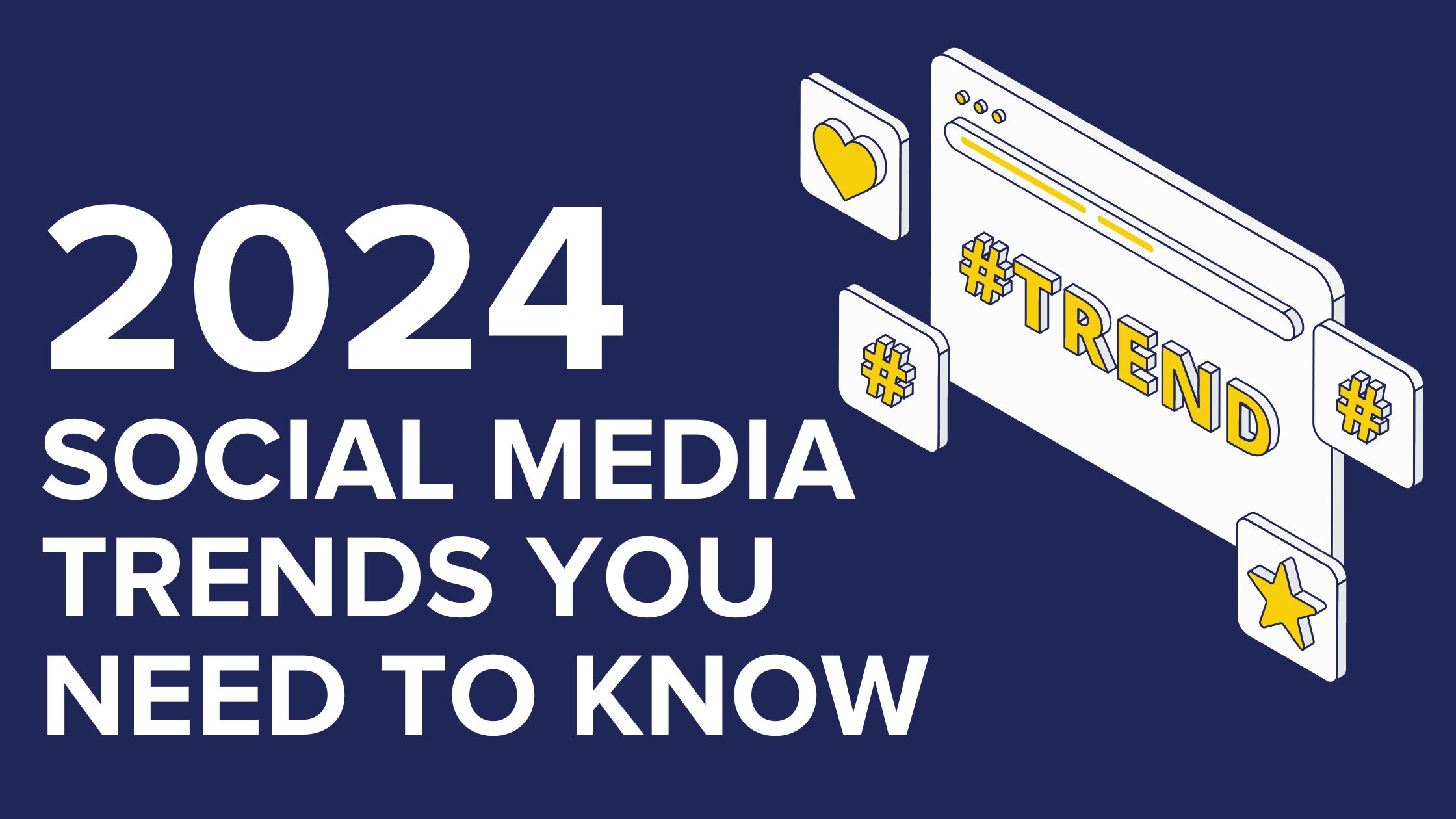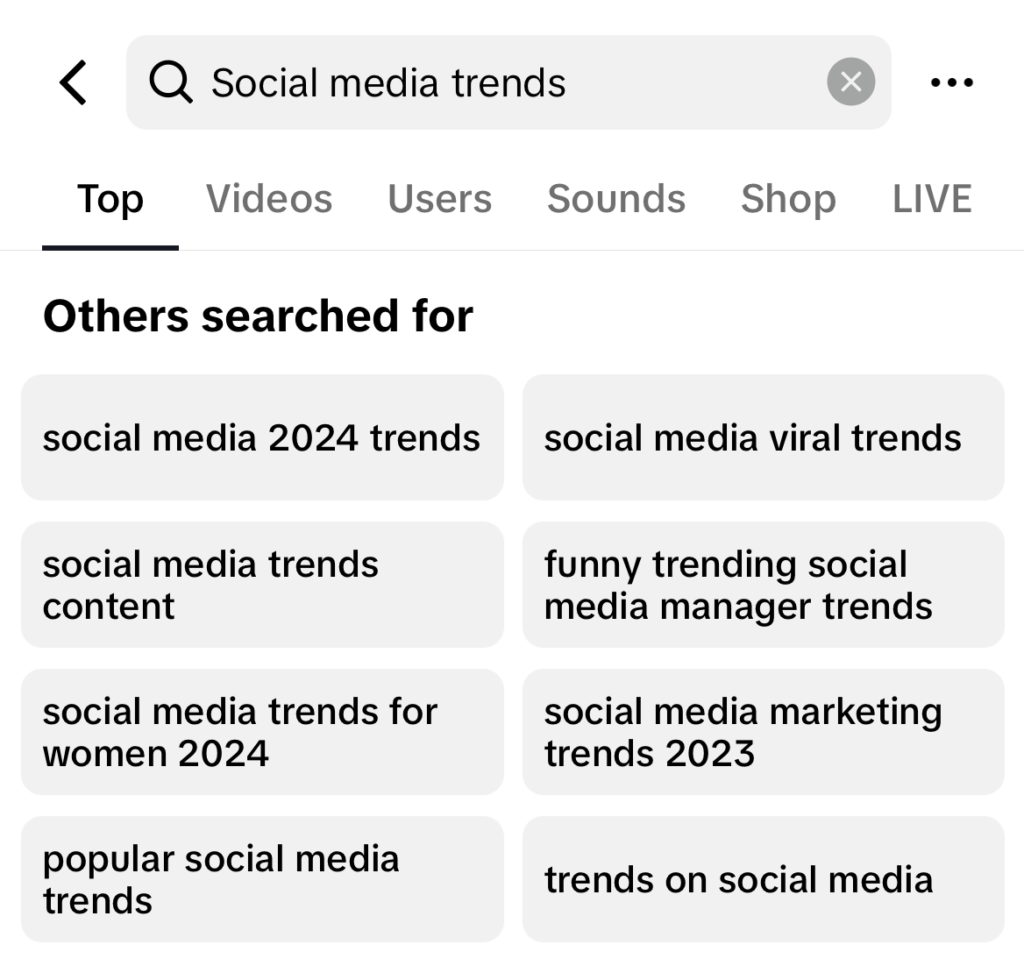Gear up for another social media year full of new and upcoming platforms, frequent algorithm changes, nonstop trends, pop-culture moments, and industry updates. Social media can be hard to keep up with, especially for resource-strapped organizations. Which is why leveraging the most efficient tactics can be so impactful. Here are the 2024 social media trends for nonprofits that will be shaping the landscape:
AI Integration
Last year, ChatGPT broke the internet with its ability to spit out answers to the most complex questions and write essays based on prompts. Of course, it didn’t come without scrutiny and hurdles– the latest challenge being a lawsuit filed by The New York Times, pushing back on the use of their articles to train AI chatbots.
However, while not a substitute for creating content, ChatGPT, and AI tools at large, remain a huge asset for time management and planning social media content. Organizations with limited resources, such as small or single-person social media and marketing teams, can integrate AI into planning their content to save time. According to Hootsuite’s Social Media 2024 Nonprofits Trends report, AI use within nonprofits will skyrocket.
In: SEO; Out: Hashtags
In the evolving social media landscape, search engine optimization (SEO) is gaining prominence over traditional hashtag use. When social media first became mainstream, you would search #SocialMediaStrategy to find content around that topic, but now you simply type “social media strategy” into the search box in whichever platform you are on to populate relevant results for that topic.
Nonprofits and brands should focus on adding relevant keywords into the captions and content of their posts instead of stressing over having a hashtag strategy. One great way to find relevant keywords is to search on the platform and see the pre-populated queries that show up. For example, on TikTok, if you search “social media trends” and scroll down a little, it will show you a list of what other people also searched for. Make a list of what keywords and phrases you want your organization to show up for, and then create content around it, making sure to incorporate that keyword or phrase into the text.
Social Platforms as Search Engines
This trend goes hand-in-hand with SEO taking over hashtags. Social media platforms are becoming more than just content-sharing spaces; they are evolving into search engines. Users are increasingly utilizing these platforms to discover products, services, and causes. Nearly half of Gen Z now turn to social media for the same reasons we all once turned to Google, whether that’s to find top restaurants in a certain area, discover new local events and activities, or check out reviews on a certain pair of jeans.
With platforms like TikTok and Instagram adopting SEO-friendly features, optimizing your content for search becomes imperative. The use of SEO practices in social media is increasing and nonprofits and sustainable businesses should adapt their content to align with search behaviors, ensuring their content is found amidst the vast oversaturated terrain of social media.
Rise of UGC Creators
User-generated content (UGC) has long been a staple for authenticity and creditability. However, a more recent trend has witnessed the rise of UGC creators, or regular social media users who specialize in creating professional, yet relatable content for brands to use across platforms. Where an influencer is paid to post to their own engaged followers about a brand or product, a UGC creator is paid a smaller amount to produce content which they then send back to the brand for use on the brand’s social media channels.
The benefit to this new form of creator is the content seamlessly fits in with the rest of the posts on the platform, it provides third-part credibility by looking like an everyday person’s video, and it’s very cost-effective to pay multiple UGC creators to film videos for your organization to use rather than pay an exorbitant amount for one influencer to create a single piece of content.
This is especially beneficial for brands and organizations, such as nonprofits, which do not have large marketing budgets or the means to afford influencers. UGC creators can be discovered through the hashtag #UGCCreator or through UGC agencies that represent UGC Creators. For example, send them a product with your logo on it to create content with, invite them to spend a day learning about your organization and pay them to create a few videos. See this example from Goodwill.
Platform Simplification for Strategic Presence
In 2024, the notion that “more is better” on social media is evolving. Brands (and creators) are realizing they don’t have to be on every platform. Instead, they are strategically selecting platforms that align with their audience and mission and are streamlining their efforts to focus on platforms that resonate most with their community. To ascertain which platforms resonate the most with your audience, consider where you get the most engagement, what platform has your audience historically been most active on, which platforms are you growing the fastest on, and if you run any tracked campaigns, which platforms bring in the most link clicks, website views, and/or donations, etc.
As we step into the future, embracing these trends will undoubtedly shape the social media success of nonprofits and socially responsible businesses. By proactively implementing these emerging trends, nonprofits can navigate social media in 2024 with confidence, purpose, and impact.



